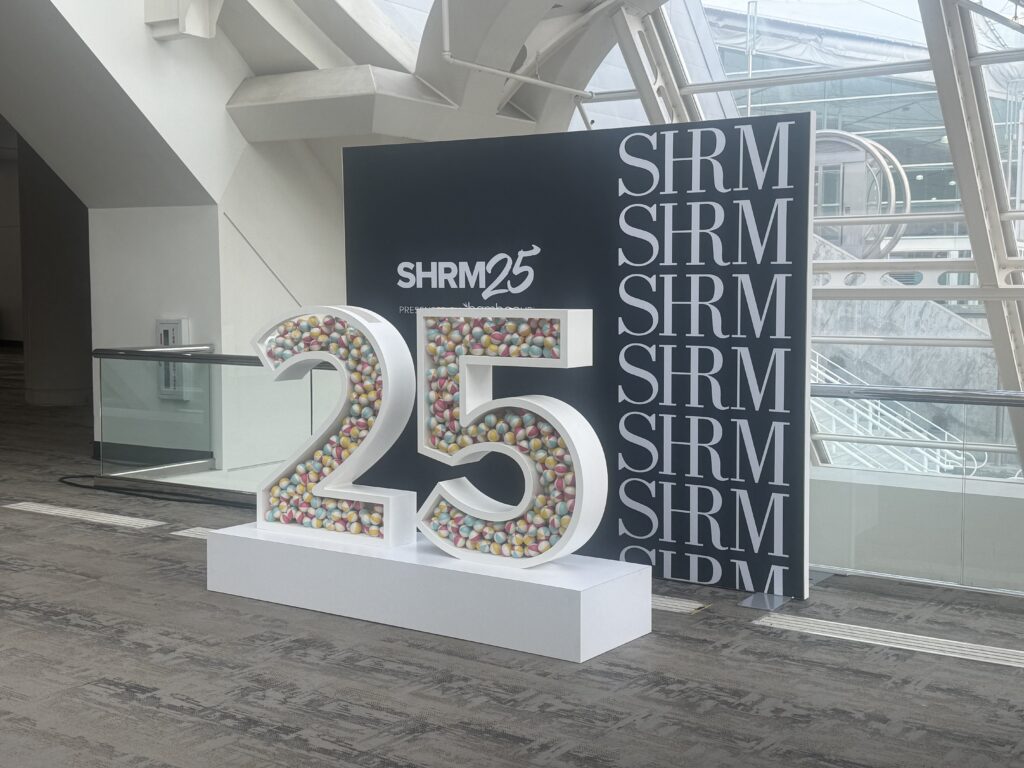Been part of the relocation industry for awhile? If so, you’re aware of Core-Flex policies. And they have become increasingly popular as an alternative to traditional one-size-fits-all models. Companies are looking for flexible relocation policies that align with their business needs and keep the transferee experience in mind. Core-Flex policies do just that. Those in the industry can think of a cafeteria style policy approach with some modern flare. There you have the building blocks of a Core-Flex policy. But for those unfamiliar, we are going to walk through the basics in this blog: what Core-Flex policies are, why they have gained so much attention recently and how benefits like a lump sum allowance might fit into the model.
Core-Flex Policies: What Are They
At a high level, a Core-Flex model can help support multiple company strategic needs without the need for a bunch of different relocation policies or a tier system. The structure of a Core-Flex policy is made up of two key components. The first component includes the core aspects of a policy. These apply to all relocating employees and serve as the building blocks of the policy. Core relocation benefits may include travel costs to the new location, some element of household goods support, home sale/home rental assistance, visa and immigration assistance (for international moves) and some sort of expense reimbursement.
The second component is where the flexible options come into play. These benefits are truly specific to an individual’s need and can include items such as destination services, pet shipment, duplicate housing, additional days in temporary living, permanent storage, spousal support and language/cultural training.
The Rise of Core-Flex Policies
Core-Flex policies have risen in popularity recently, especially domestically, because the demographics of the mobile workforce have changed. There are more generations in the workforce now than at any point in history. With that, there are more options, more ways employees can work: flexible schedules, remote work, extreme commuters. This has resulted in a higher priority given to the individual employee experience.
Within this experience is the need for continued flexibility and choice. That is where the core-flex policy comes into play, a powerful retention tool! Millennials and Gen Z workers are the most mobile generations in the workforce, and they want to feel valued as employees. One way to show that value is to provide policy choices that reflect their needs when they are relocated. A single Gen Z transferee will want and need different policy components than an employee that has a family. A Core-Flex policy is an excellent value add to these different generations. A Core-Flex policy not only benefits these two generations, but having flexibility is also an incredible value add for Gen X and Boomers alike.
Core-Flex Policies and Lump Sum Allowance
Now that we understand what Core-Flex polices are and their rise in popularity, where does a lump sum allowance fit? Lump sum allowance policies are flexible. They can be as broad as providing a transferee with a set amount of money for the whole relocation (based on their Core-Flex choices) or tailored to cover specific calculated benefits for a few relocation elements such as a home finding trip, temporary living and/or the final move. For now, let’s focus on a lump sum that covers a few relocation benefits: home finding trip, temporary living and final move.
Say a relocation policy provides a lump sum allowance for home finding, temporary living and final move. Which of these three components make the most sense to keep as a core benefit when developing a Core-Flex policy?
Scenario 1: Final Move
For starters, final move would be a great contender. At the end of the process, the transferee will need to get to their new location. By providing a lump sum here, the transferee would still have flexibility in making their own travel plans. They can budget the allowance to fit their needs, all without having to save receipts and submit them for reimbursement.
Scenario 2: Home Finding
There is also an argument to be made for the home finding trip. As with a final move, a home finding trip is essential to a positive employee experience. The real estate market has made it exceedingly difficult for a homeowner and renter alike. Now it is even more vital that a transferee be given a chance to go explore their new destination in person before they move there permanently. Again, by providing a lump sum for this benefit, the transferee is getting a geographically specific lump sum tailored to their family size without the need for receipt reimbursement. Home finding could also have some flex components as well, for example, an additional home finding trip as an option, but the initial trip should be offered as a core benefit.
Scenario 3: Temporary Living
Lastly, companies can provide temporary living in a lump sum as either a core or flex benefit. In many cases, the real estate market has increased the time it takes to purchase a home. If the transferee needs to be in the new location before they find a home, they’ll need temporary housing. A lump sum tailored to the family’s needs can be a powerful addition to a Core-Flex policy. The transferee can use this lump sum for a corporate apartment, Airbnb, or hotel, depending on their preference. The point is that they have the choice and flexibility on how they want to spend their lump sum. Also, if employees need more time, companies can provide additional value with the flex benefit of temporary living expenses!
Core-Flex Policies: Benefitting Employers and Employees
Core-Flex policies offer advantages for both the corporation and transferring employee. For the corporation, they support mobility strategies and potentially offer cost savings. Both the core components and flexible options can be customized to specific employee needs, resulting in a more accurate expense allocation for the move.
For the transferee, these types of policies provide additional value. With these policies, employees have the decision-making ability to ensure their needs are being met. Making a new or current employee feel valued leads to a positive employee experience, and those positive experiences go a long way. Having a lump sum allowance to cover benefits like home finding, final move and possibly portions of temporary living as part of a Core-Flex policy is advantageous. These Core-Flex benefits, given as a lump sum customized to the employee’s needs, fit the evolving mobile workforce that continues to value flexibility and customization, improving the employee experience.
Core-Flex policies and a lump sum allowance are not mutually exclusive. Whether a benefit is “core” or “flex,” delivering it as a lump sum allowance increases its value to employees. If your company is looking to incorporate a lump sum allowance in a Core-Flex policy, our consultants are here to provide implementation guidance and expertise. Give us a call today!







